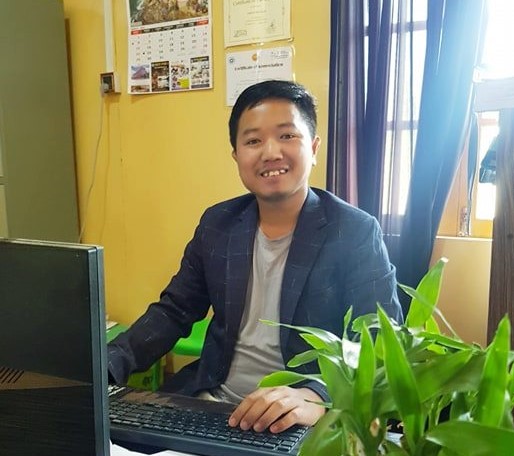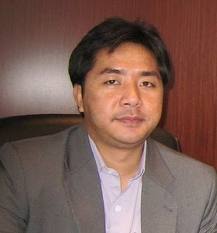A Modern and Developed Nation, What it means in Chin State
Editorial
SPDC’s New Report on Development in Chin State Shows Proliferation of Buddhist Religious Infrastructure
A recent report published by Burma’s ruling State Peace and Development Council (SPDC) “Chronicle of National Development” features hundreds of pages detailing infrastructural developments that have been undertaken across the country by the military junta
over the past 20 years in Burma. The report, adorned with glossy pictures of bridges, roads and buildings that have been built by the junta boasts the generals’ effort toward a “modern and developed nation.” Published by the Ministry of Information, the report compares economic and infrastructure developments in the country between the period before and after 1988 when the Burmese military took over power.
The SPDC has long held the view that the people of Burma can be coaxed into putting off their dreams for freedom and democracy by showing them a few buildings and bridges built with the ‘goodwill and generosity’ of the Tatamadaw. There is little doubt that the release of the report was carefully timed in order to sway public opinion in favor of the regime ahead of the impending general elections in 2010.
A section of that report, about 18 pages long, was devoted to development initiatives in Chin state, which is neatly entitled “The Changing Scenes of Modernization.” Like other sections in the report, the SPDC boasts its accomplishments in Chin State in various sectors of development. But, not surprisingly, a careful scrutiny reveals that the most significant sector of development in Chin State over the last 20 years was the proliferation of Buddhism and Buddhist religious infrastructures. According to the report, a total of eight new Buddhist pagodas were built, many of them on the very site where a cross was destroyed, while 56 new monasteries were constructed during the period in Chin State. During the same period, the SPDC has outlawed the construction or renovation of churches and Christian religious buildings.
More than 6 Billion Kyats was reportedly spent for the project with funding from the Ministry of Religious Affairs and the Border Areas and National Races Development Program. Comparatively, 4 high schools, six hospitals and 2 bridges were built over the same period.
Chin Human Rights Organization has long documented and reported on the state-sanctioned expansion of Buddhism into Chin State and the resulting discrimination and persecution of Christians by Burma’s military junta as part of a policy to Burmanize the Chins. In 2004, CHRO published a report “Religious Persecution: A Campaign of Ethnocide against Chin Christians in Burma,” in which it documented in detail the targeted abuse and persecution against Chin Christians by the military regime. It included the destruction of Churches and crosses, the burning of Bibles, the physical abuse of Christian pastors and restrictions on Christian activities. The United States State Department still lists Burma a Country of Particular Concern or CPC, which violates religious freedom, and notes many of the abuses documented by Chin Human Rights Organization.
If the SPDC’s latest report on development in Chin State has accomplished anything, it wouldn’t be a result that the SPDC would want to see – that a grateful Chin people will have a more favorable view of the regime ahead of the planned election in 2010. If anything, the report only gives further proof to what CHRO and other human rights groups have been saying – there is systematic effort by the military junta to promote Buddhism at the expense other religions as part of a long-held policy aimed at making Burma a nation of “One Race, One Language, One Religion” or “Burman, Burmese, Buddhism.”






